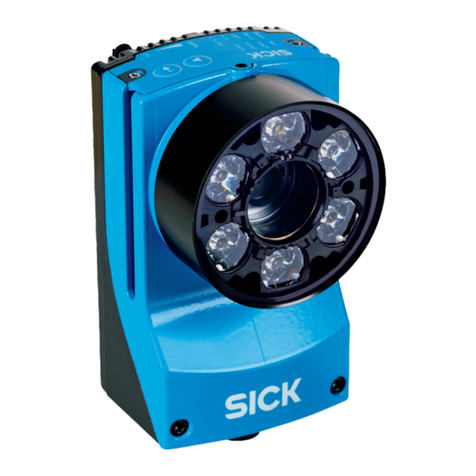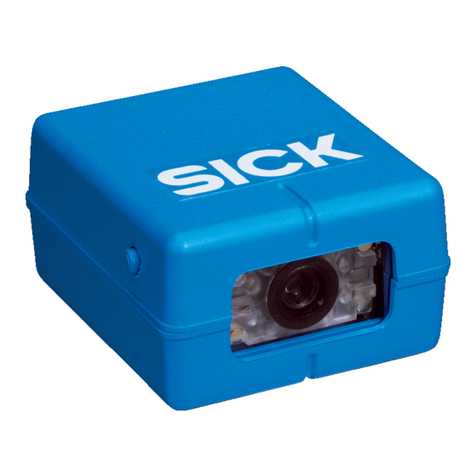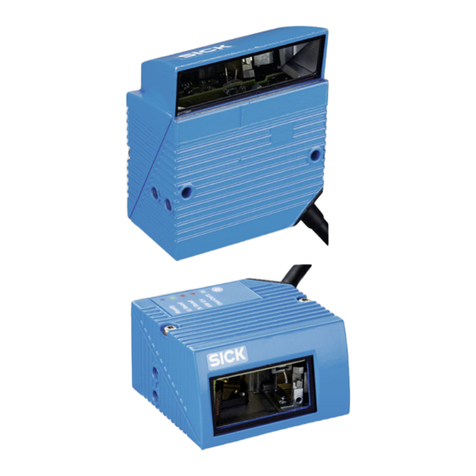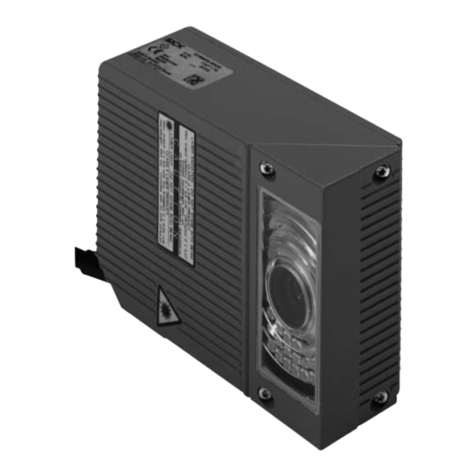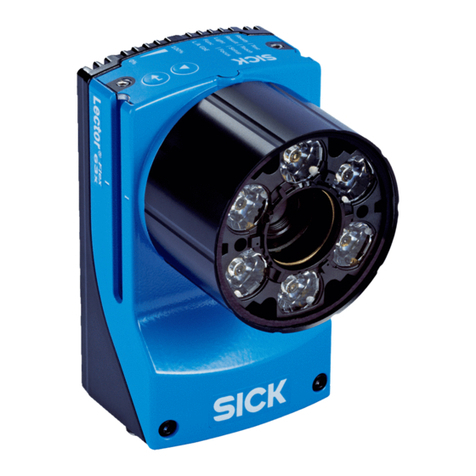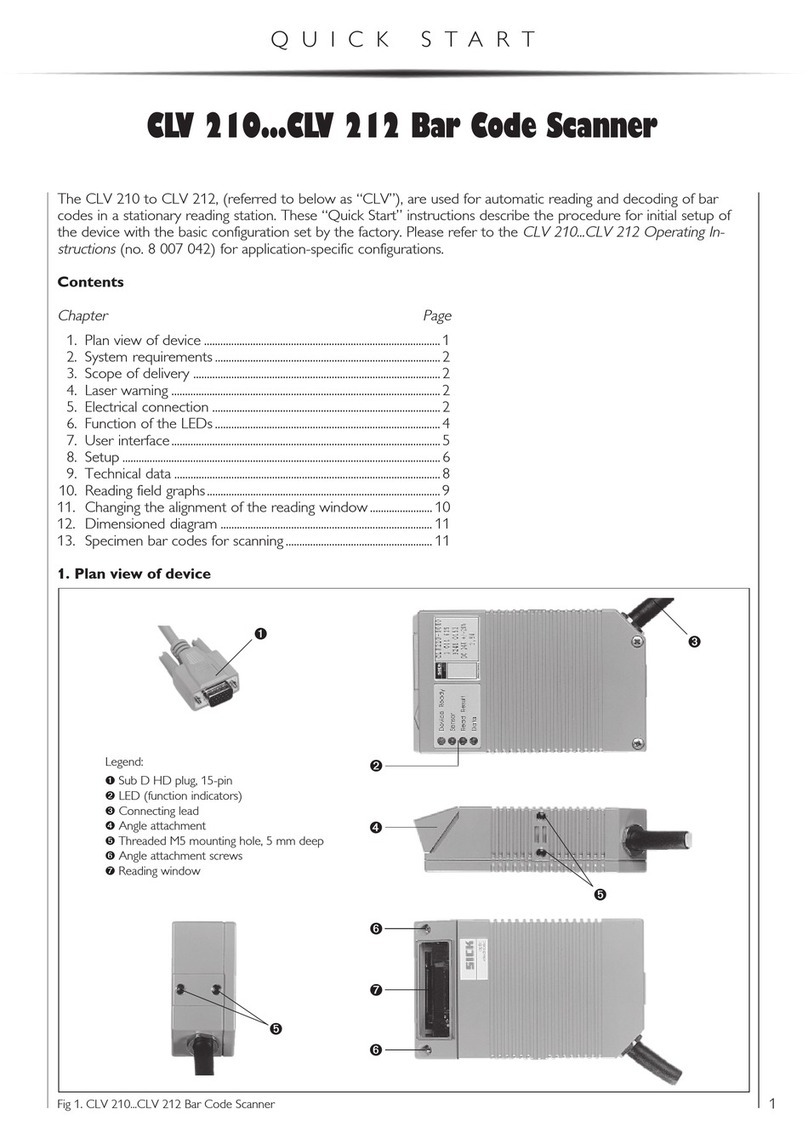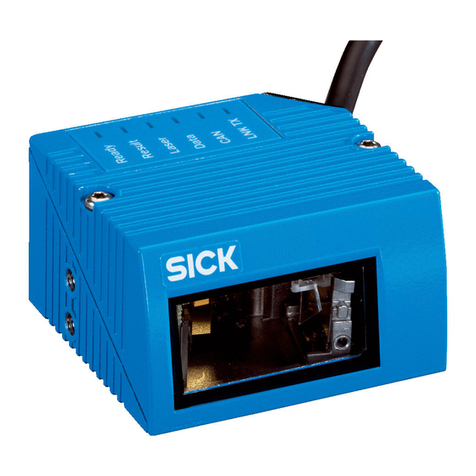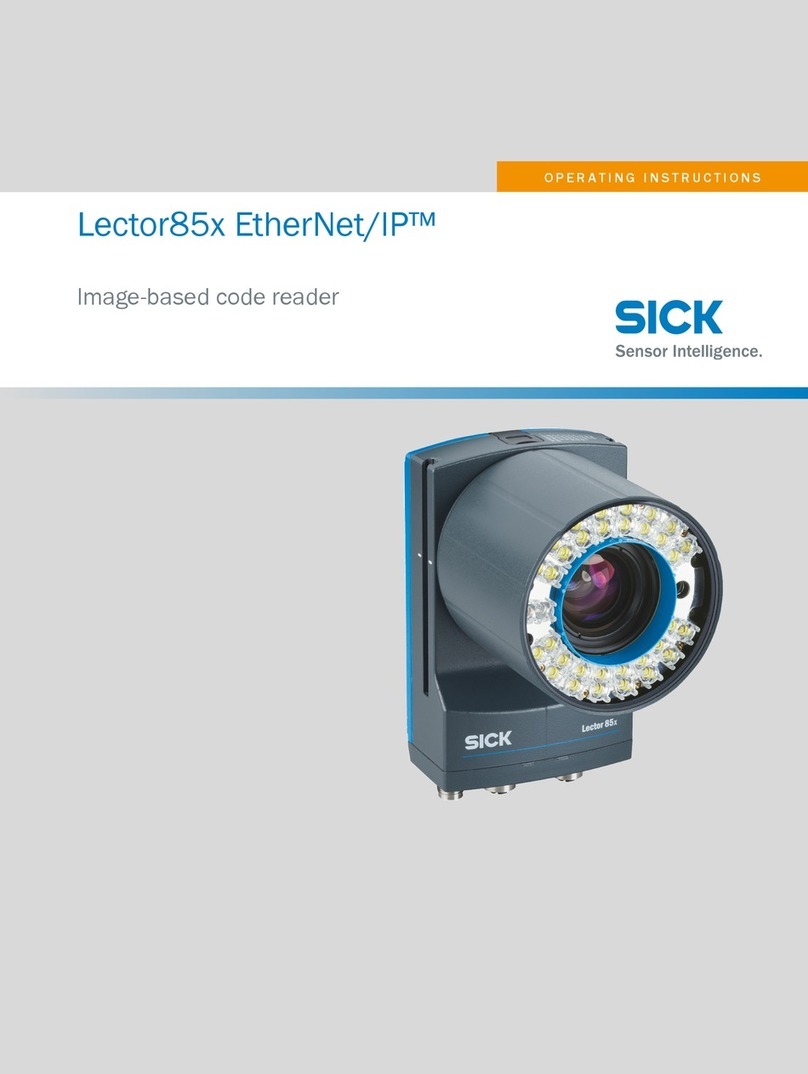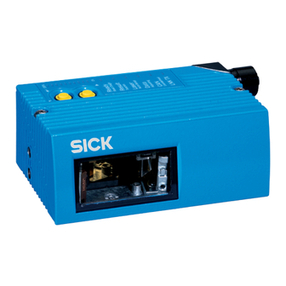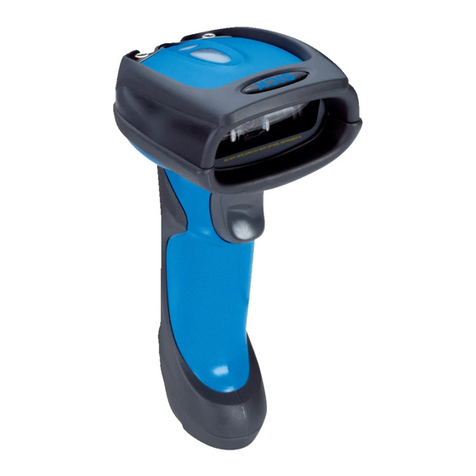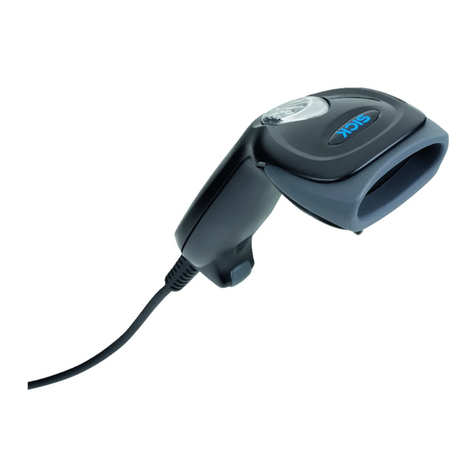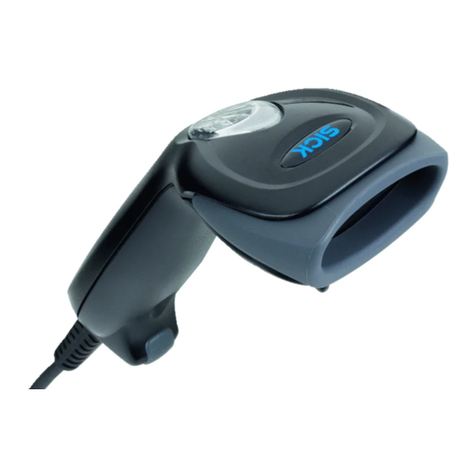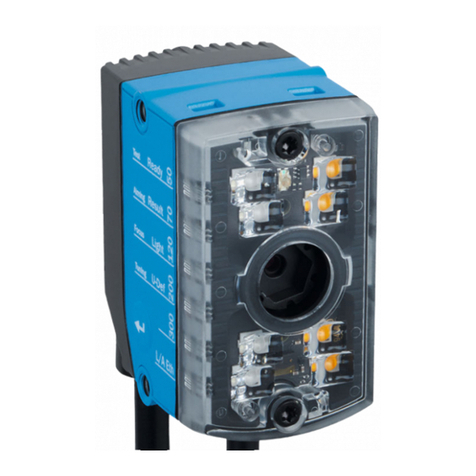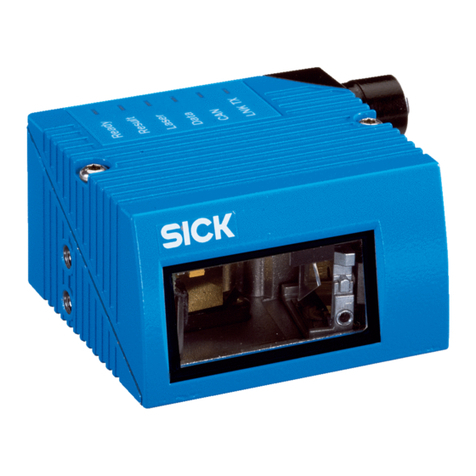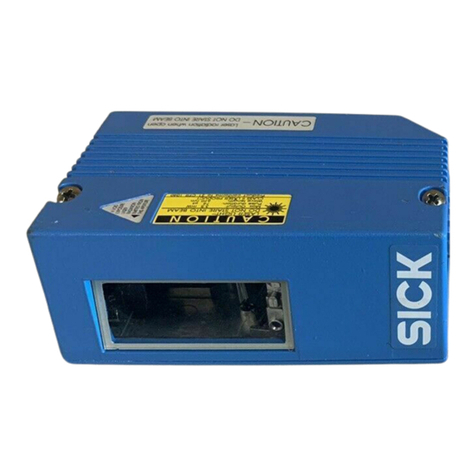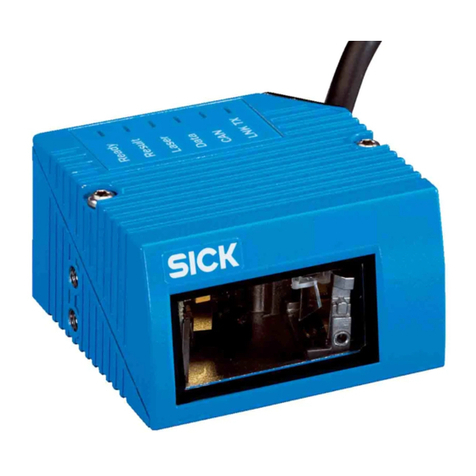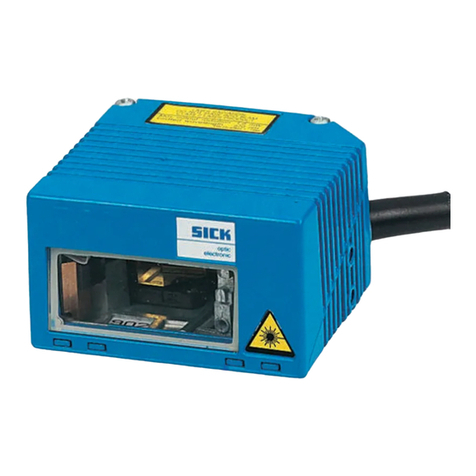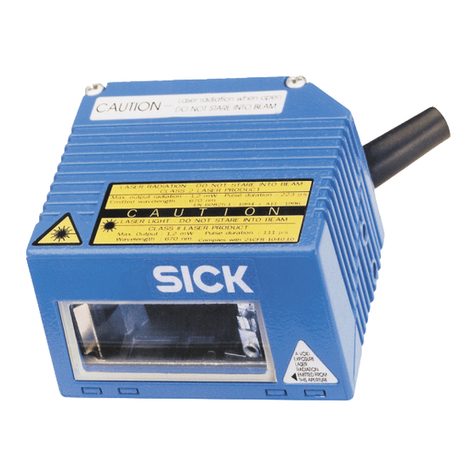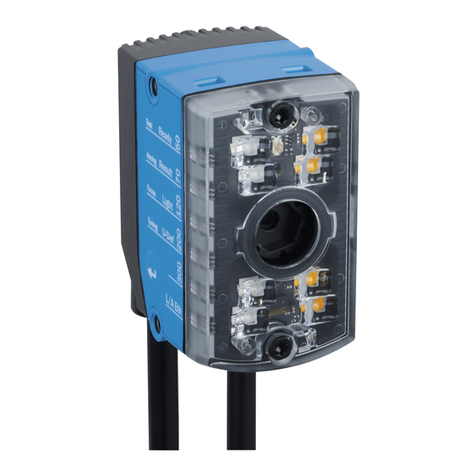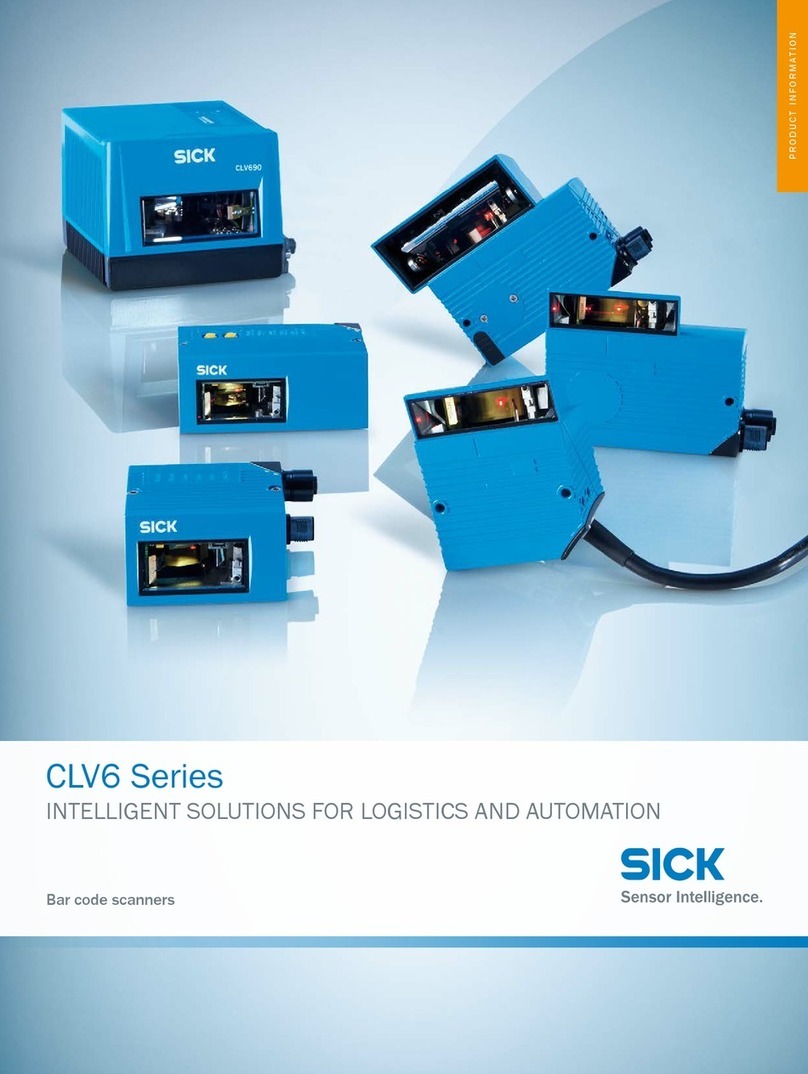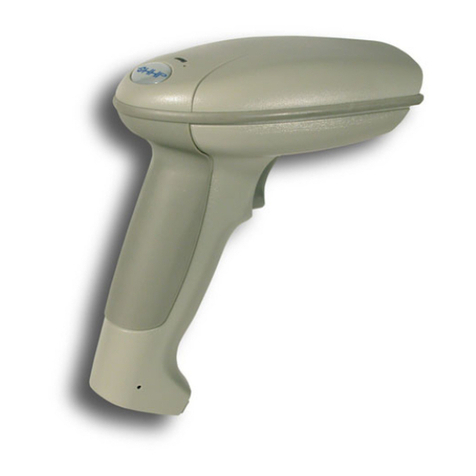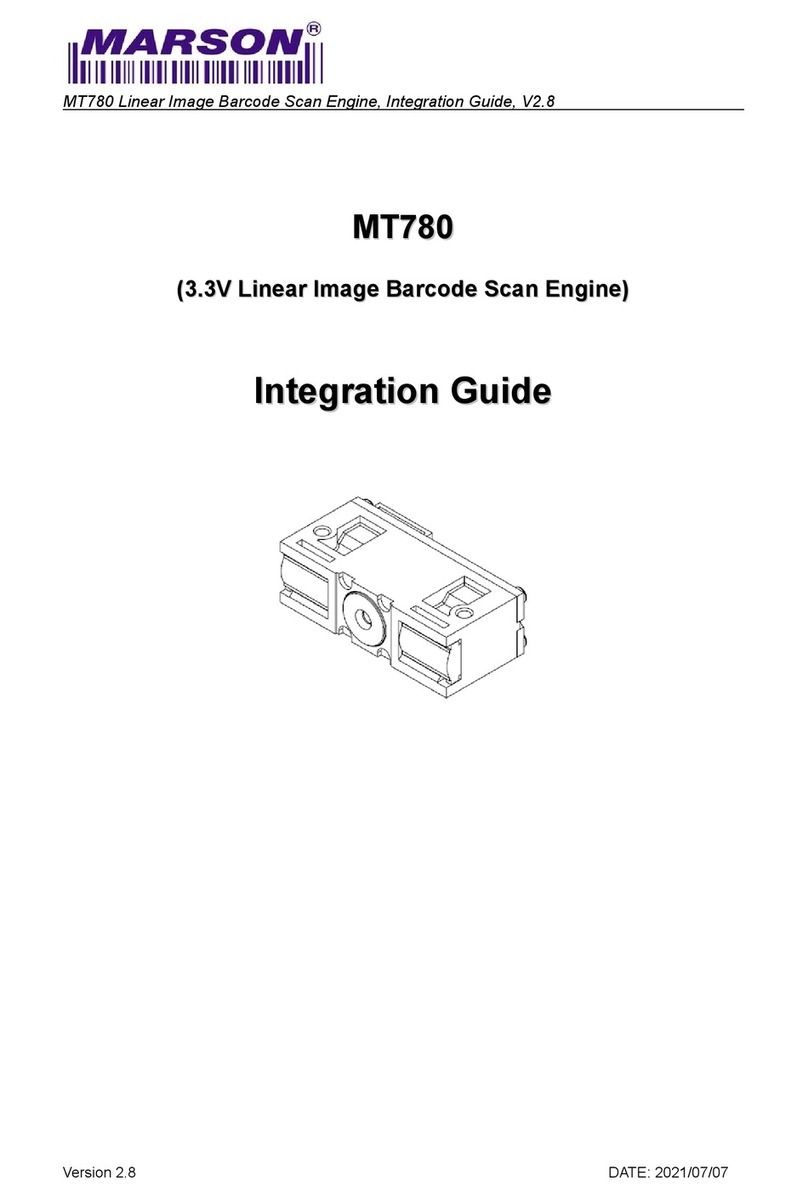
Operating Instructions
ICR845-2
8012377/0000/2008-01-30
©SICK AG·Division Auto Ident ·Germany·All rights reserved 3
Contents
Table of Contents
1 Noteson this document.................................................................................................7
1.1 Purpose.....................................................................................................................
....7
1.2 Target group................................................................................................................
.7
1.3 Depth of information ...................................................................................................7
1.4 Used symbols...............................................................................................................8
2 SafetyInformation..........................................................................................................9
2.1 Authorized users..........................................................................................................9
2.2 Intended use................................................................................................................9
2.3 General safetyprecautions and protection measures...........................................10
2.4 Quick stop and quick restart....................................................................................12
2.5 Environmental information.......................................................................................12
3 Product description......................................................................................................13
3.1 Design of device........................................................................................................13
3.2 System requirements...............................................................................................16
3.3 Product features and functions(overview).............................................................16
3.4 Method of operation.................................................................................................18
3.5 Indicators and control elements..............................................................................20
4 Installation ....................................................................................................................23
4.1 Overviewof installation sequence...........................................................................23
4.2 Installation preparations..........................................................................................23
4.3 Installation location..................................................................................................25
4.4 Installing and adjustingthe ICR845-2.....................................................................29
4.5 Installingexternal components................................................................................29
4.6 Removing the device................................................................................................30
5 Electrical installation...................................................................................................31
5.1 Overviewof the installation sequence....................................................................31
5.2 Electrical installation preparations..........................................................................31
5.3 Electrical connections and cables...........................................................................33
5.4 Pin assignments........................................................................................................36
5.5 Performingelectrical installation.............................................................................37
5.6 Pin assignment and wire coulou
r assignment of pre-fabricated
cables with open ends..............................................................................................45
6 Startup and configuration...........................................................................................47
6.1 Overviewot the startup procedure..........................................................................47
6.2 CLV-Setup configuration software...........................................................................47
6.3 Establish communication with the ICR845-2 .........................................................48
6.4 The image transfer program ImageFTP...................................................................58
6.5 Usingthe function key..............................................................................................68
6.6 First startup...............................................................................................................
69
6.7 Establish communciation with theICR845-2 manually.........................................70
6.8 Configuringthe ICR845-2.........................................................................................71
6.9 Operatingmodes and outputtingthe readingresult..............................................74
6.10 ICR845-2 messages.................................................................................................89
6.11 Default settings.........................................................................................................91
6.12 Adjustingthe ICR845-2............................................................................................93
6.13 Configuration guide..................................................................................................94
6.14 Switchingthe ICR845-2 off....................................................................................100
7 Maintenance...............................................................................................................101
7.1 Maintenance duringoperation ..............................................................................101
7.2 Cleaningthe ICR845-2 ...........................................................................................101
7.3 Checkingthe incremental encoder........................................................................103
7.4 Replacingan ICR845-2 ..........................................................................................103
7.5 Disposal...................................................................................................................1
04
8 Troubleshooting..........................................................................................................105
8.1 Overview of errors and malfunctionswhich could occur.....................................105
